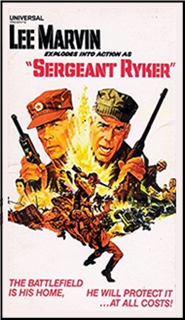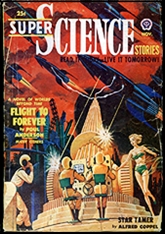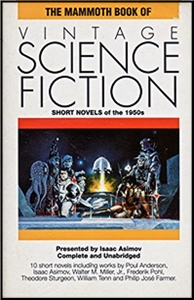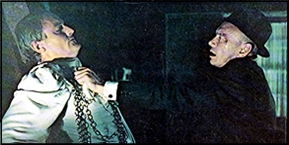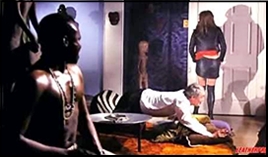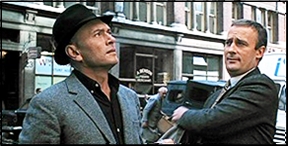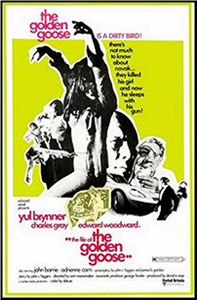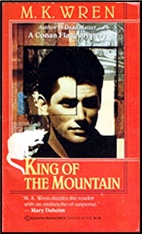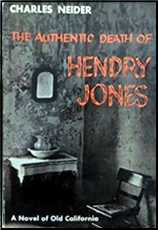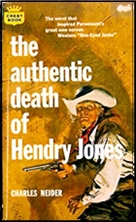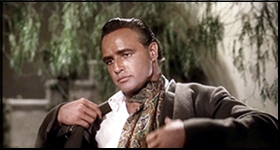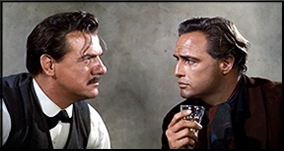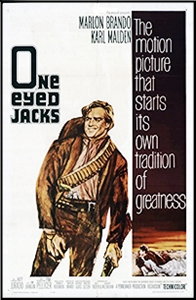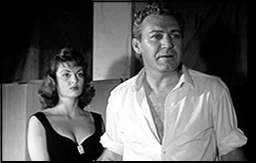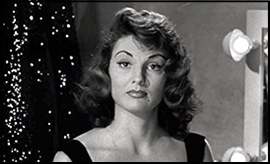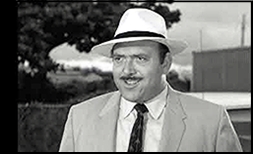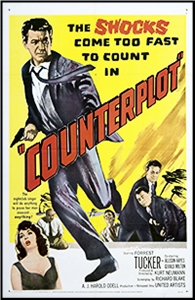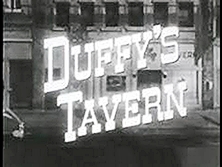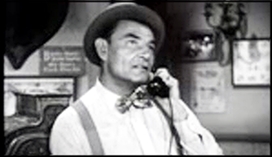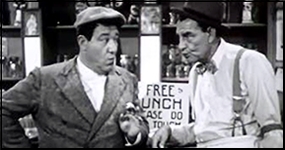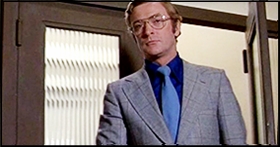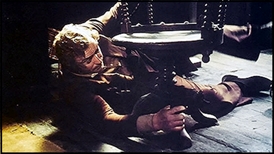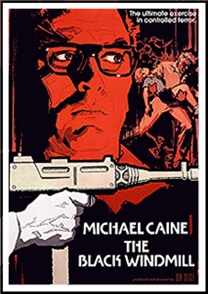Fri 10 Apr 2020
SERGEANT RYKER. Universal Pictures, 1968. Lee Marvin, Bradford Dillman, Peter Graves, Vera Miles, Lloyd Nolan, Murray Hamilton, Norman Fell. Screenplay: Seeleg Lester and William D. Gordon. Director: Buzz Kulik.
There is a story behind this movie, both before and after. It first appeared as a two-part episode to begin the 1963 season of NBC’s Kraft Suspense Theater, October 10th and 17th, as “The Case Against Paul Ryker,†then once Lee Marvin became a star (Cat Ballou, The Dirty Dozen), the studio pulled it out of the vaults and cobbled them together to make a 90 minute theatrical release for overseas distribution. It was released in the US on DVD in 1988, again playing up Lee Marvin’s leading role.
The two TV episodes also served as the pilot for a television series on ABC (1966-67) entitled Court Martial, starring Peter Graves and Bradford Dillon, but this time working together fo JAG instead of against each other, and shifting the time frame to World War II rather than the Korean conflict.
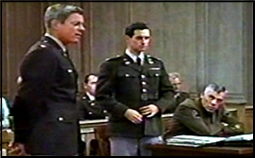
In the film itself Sergeant Ryker (Lee Marvin) is being charged with treason, being caught after trying to cross back into US territory after deserting his outfit and being identified as consorting with the enemy. His only alibi for his actions is through a superior officer, now dead, whom he claims sent him there on a secret mission.
Complicating matters as well is his former prosecutor (Brad Dillman) has been seen staying overnight with Ryker’s wife, and when he now tries to intercede on Marvin’s behalf, there is an obvious conflict of interest. Trials on TV always hold my interest, starting with Perry Mason, of course, and even though the real culprit is obvious, this one’s no exception.

Both Peter Graves and Bradford Dillon are rather bland in this one, and so is Vera Miles. The star of course is Lee Marvin as the beleaguered Sgt. Ryker. His character is at turns withdrawn and belligerent, simmering with anger for many reasons, subject to violent outbursts when pressed, and while not particularly intelligent, he is absolutely loyal to his lifelong career, that of a US soldier. I can’t picture another actor in the role. He’s perfect for it.
